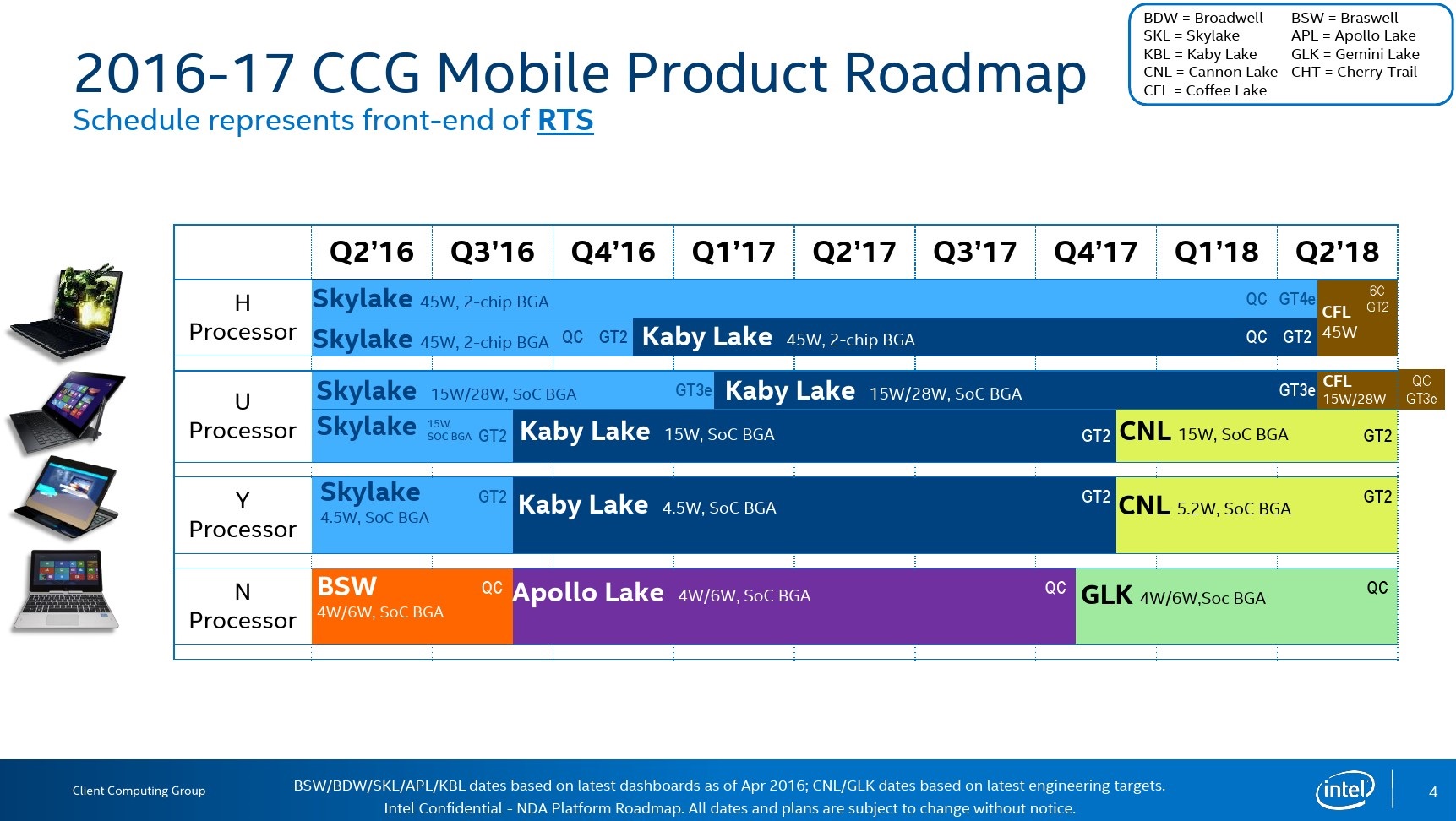iMacmatician
Regular
From PC Watch: "Intel, 2018 years to put the new CPU 'Coffee Lake' of 14nm" (original).
According to the author of this report, this is what we're likely to see:

PC Watch (Google Translate) said:According to the OEM manufacturer muscle of information of Intel, Intel is planning a product called "Coffee Lake" in the development code name of 2018 (coffee Lake), with up to 6 core, a built-in high-end GPU, such as GT3e It is to be the product.
[…]
Importantly, this Coffee Lake's that they are manufactured in 14nm process rules. Intel is not the 10nm is the most advanced at that point in time in Coffee Lake, it is considered that there are two reasons to manufacture using the previous generation of 14nm.
One is the plan B at the time when the start-up of 10nm did not work, it can be considered that there is aimed that to avoid the risk of die size with the new process rule to produce a large chip.
[…]
Another reason is, it is shortening of the period in accordance with the validation (operation verification).
According to the author of this report, this is what we're likely to see:




